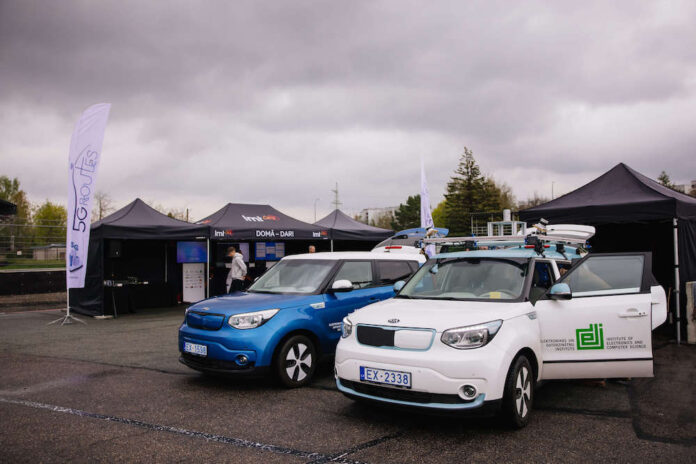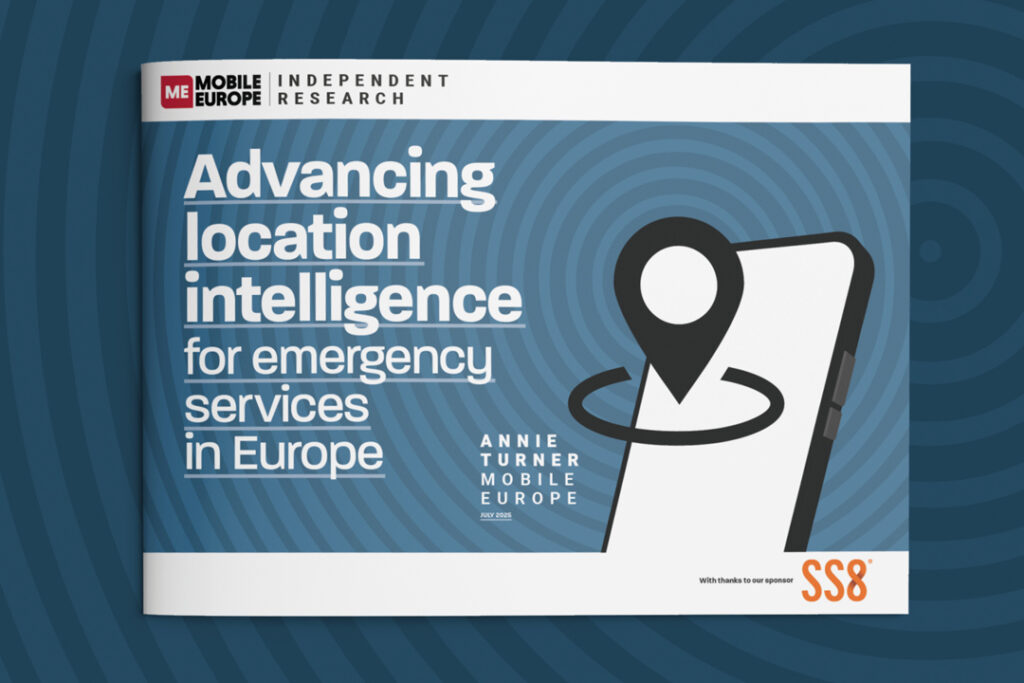5G-Routes consortium tests cross-border mobility
The practical cross-border mobility of 5G has been tested at the Bikernieki race track in Riga, Latvia as part of the 5G-Routes project. The testbed imitates cross-border connectivity, which is crucial for testing connected and automated mobility inventions before they’re launched in Europe and their users find themselves crossing many borders and mobile operators.
Latvia’s cross-border 5G mobility space was launched as a part of the 5G-Routes project, an EU-funded future mobility initiative to develop innovative and commercially exploitable CAM (connected and automated mobility) use cases and ensure cross-border automated mobility. The testbed has been developed by the Latvian mobile innovator LMT, in close collaboration with Estonia’s Telia.
When implementing CAM in a cross-border environment, the main challenge is ensuring seamless connectivity. Cross-border connectivity in Europe has been addressed by several EU-funded projects, including 5G-MOBIX, which focuses on developing 5G use cases in transportation, emphasizing cross-border functionality. “The biggest challenge in testing innovations over the 5G network in a cross-border setting is finding a safe environment for undisturbed testing in realistic conditions,” said Artūrs Lindenbergs, Mobility Innovation Lead at LMT.
Four test cases
Four cross-border use cases were demonstrated in total by multiple project partners. The Latvian Institute of Electronics and Computer Science showcased dynamic vehicles platooning, an arrangement in which multiple ‘autonomous vehicles’ communicate with each other and attempt to synchronise their movements. Sort of synchronised lorry driving. They are all led by a manually controlled vehicle, which in the tests was sending and receiving synchronising instructions over a commercial 5G network. The VEDECOM Institute for the Energy Transition and Tallinn University of Technology (TTU) tested two interconnected use cases, a vulnerable road user (VRU) collision avoidance and connected maintenance.
Endangered pedestrian
In the demo, a pedestrian received alerts from a connected electric vehicle that had detected faults via sensors, warning the pedestrian of a potential collision and providing crucial seconds to remove themselves from danger. The VRU and the electric vehicle were each connected to a different mobile operator, testing the cross-border connectivity. The fourth cross-border connectivity use case demonstrated multiuser gaming on the go hosted by games company Brainstorm. It showcased the 5G non-standalone (NSA) network capabilities by testing multiplayer gameplay with gamers connected via a 5G-enabled smartphone and laptop.



